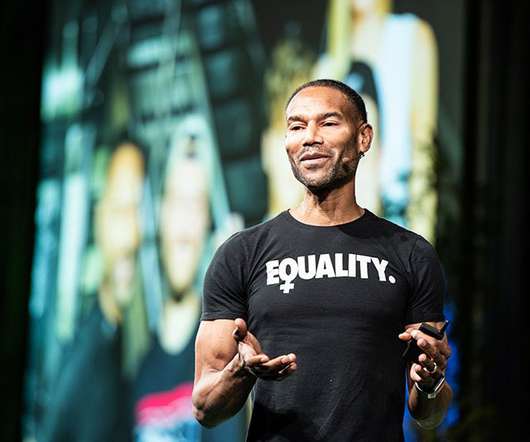What does a Purpose-Driven Company Look Like?
Saleforce Nonprofit
AUGUST 5, 2022
In 2013, it became one of the first airlines to outfit a portion of its fleet with split scimitar winglets. That’s particularly true of big picture organizational purpose. For example, My Special Aflac Duck is a social robot that helps kids cope with cancer. It’s a good example of social innovation.












Let's personalize your content